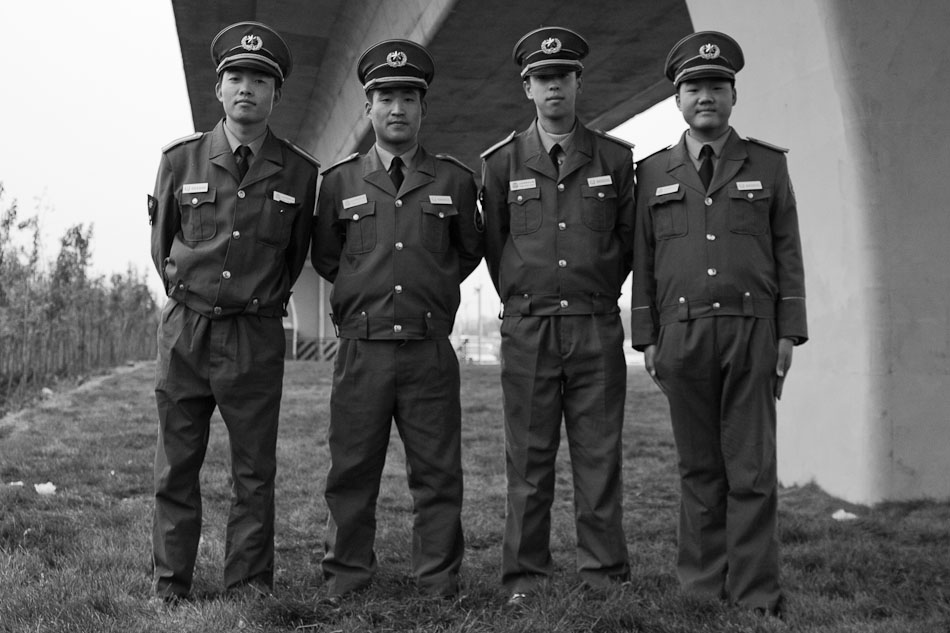Oct 7, 2010 | Architecture

After visiting the 2010 Shanghai World Expo last week, I decided that the night time is definitely the right time to visit. During the day the crowds were overbearing and most of the pavilions less than enchanting. However, when the sun goes down, the expo turns into a festival of lights. Some of the clear architectural winners in my book were the Spanish, Korean, Nepalese and Danish with the UK Pavilion taking the gold. Designed by Thomas Heatherwick, the six-story structure is stuck like a pincushion with 60,000 willowy rods that glow and quaver in the breeze. The rods extend from the interior where at the root of each a plant seed is seamlessly inserted. The UK Pavilion is supposed to reflect the British love for gardens and emphasize the need for green space in cities. You can read more about the concept on the UK Pavilion homepage.
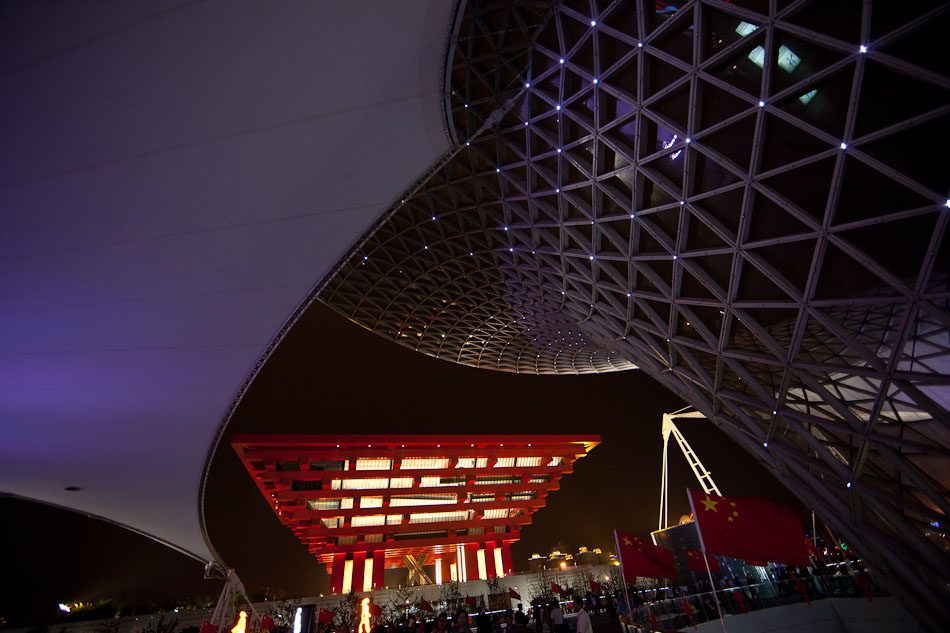
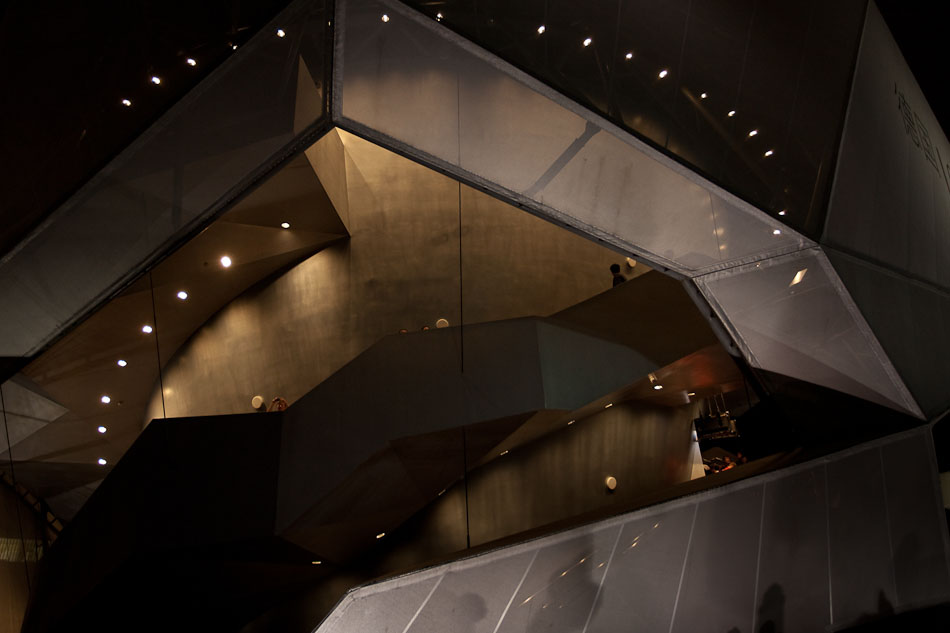
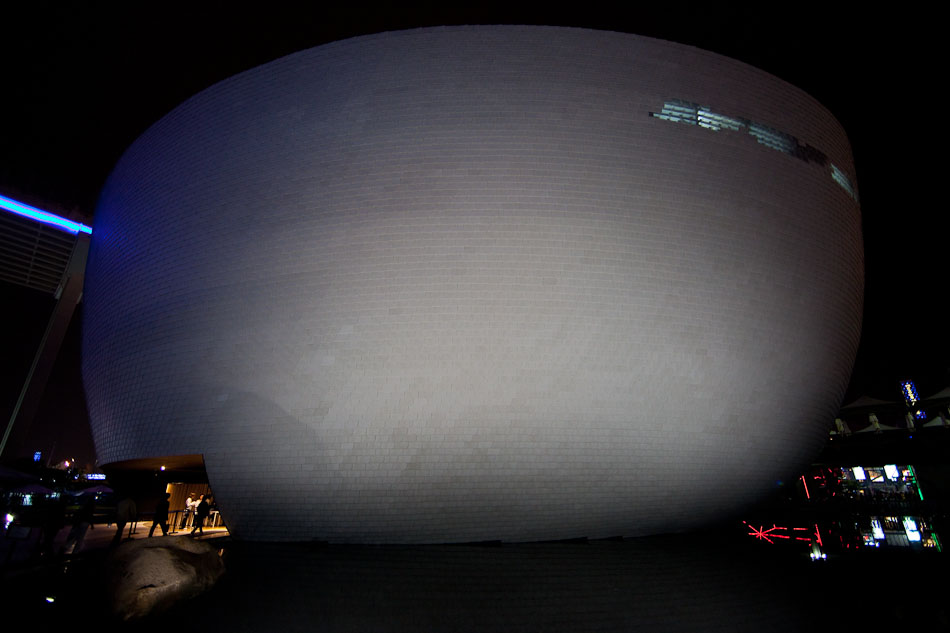
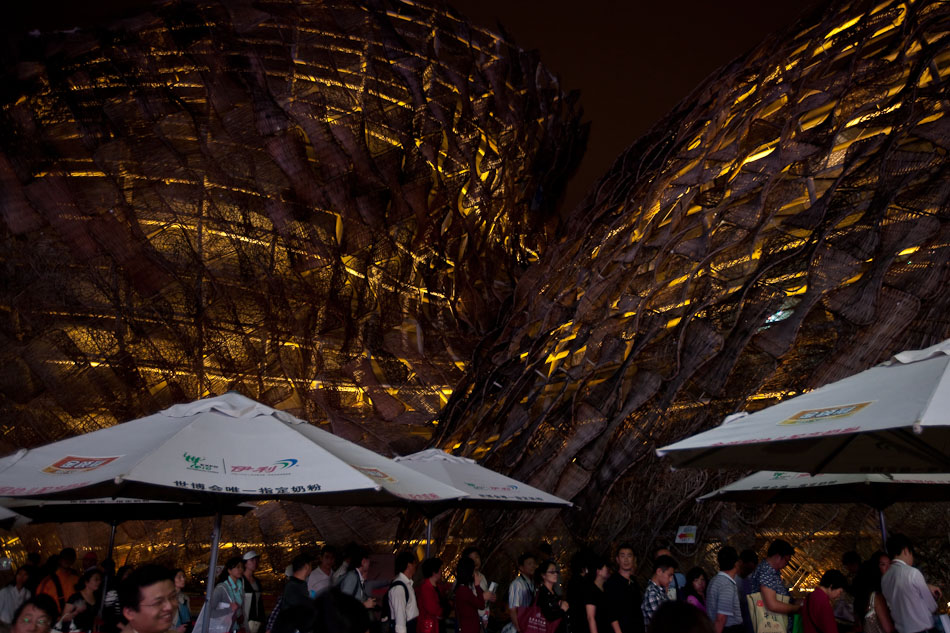
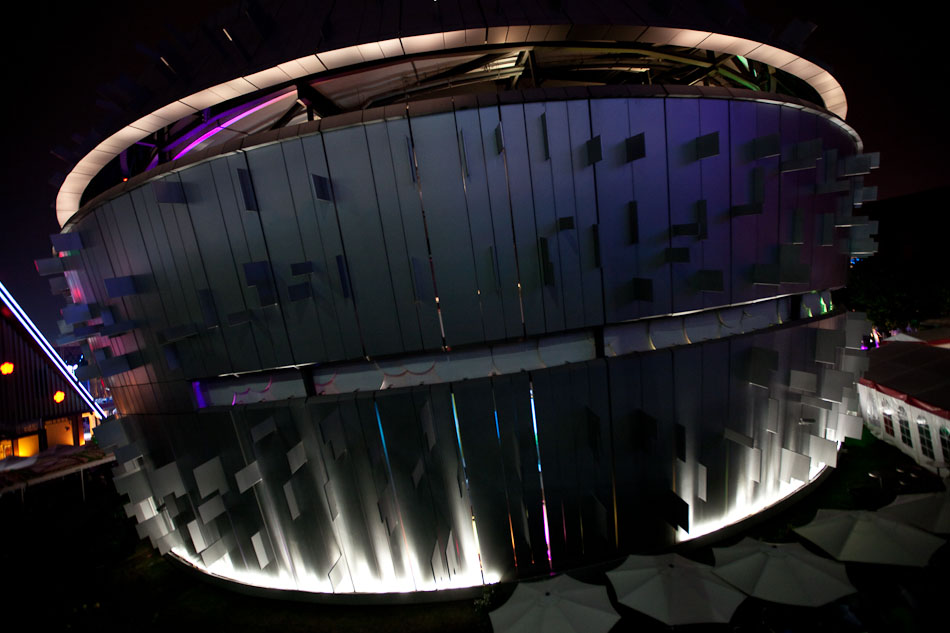
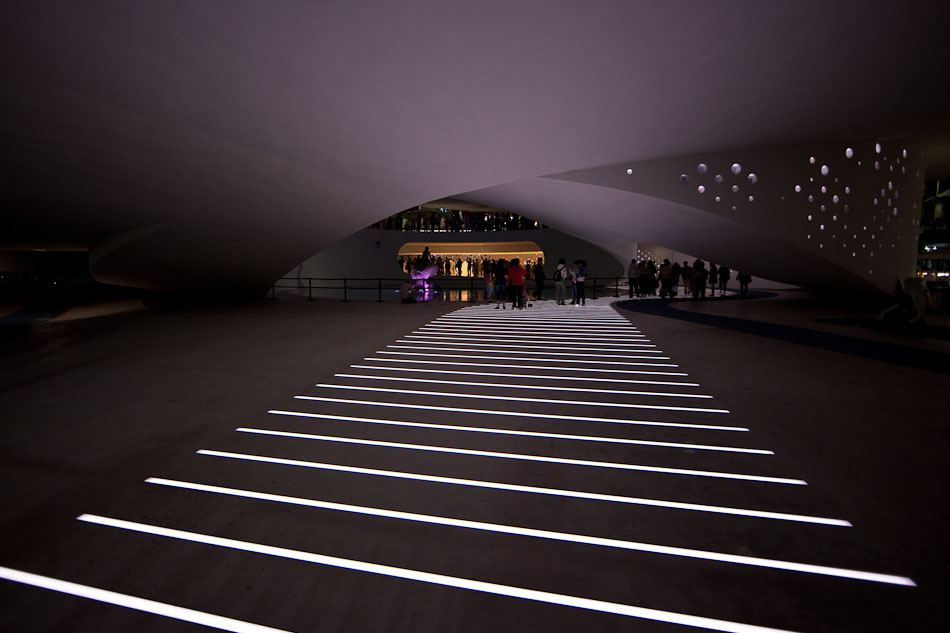
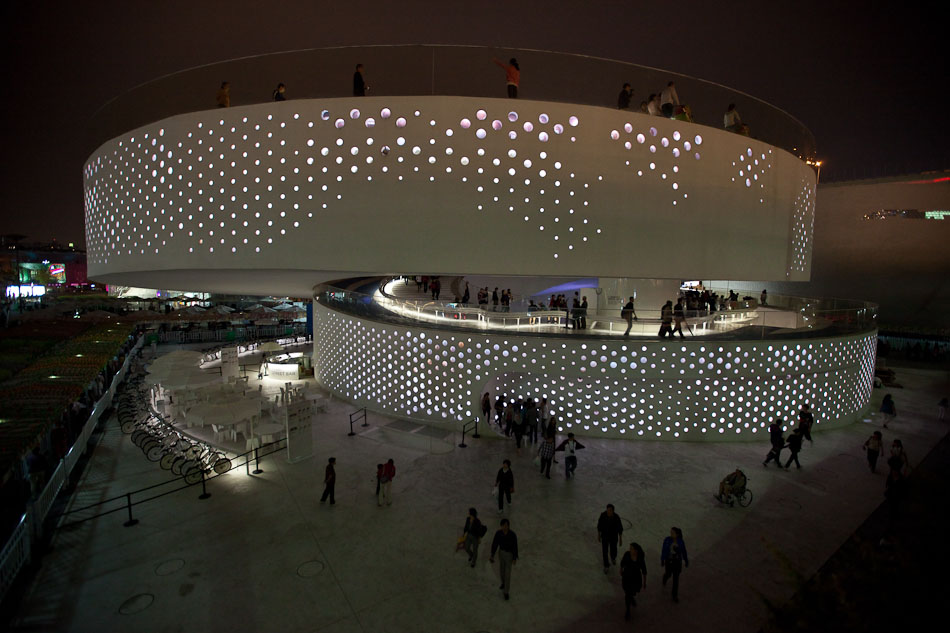
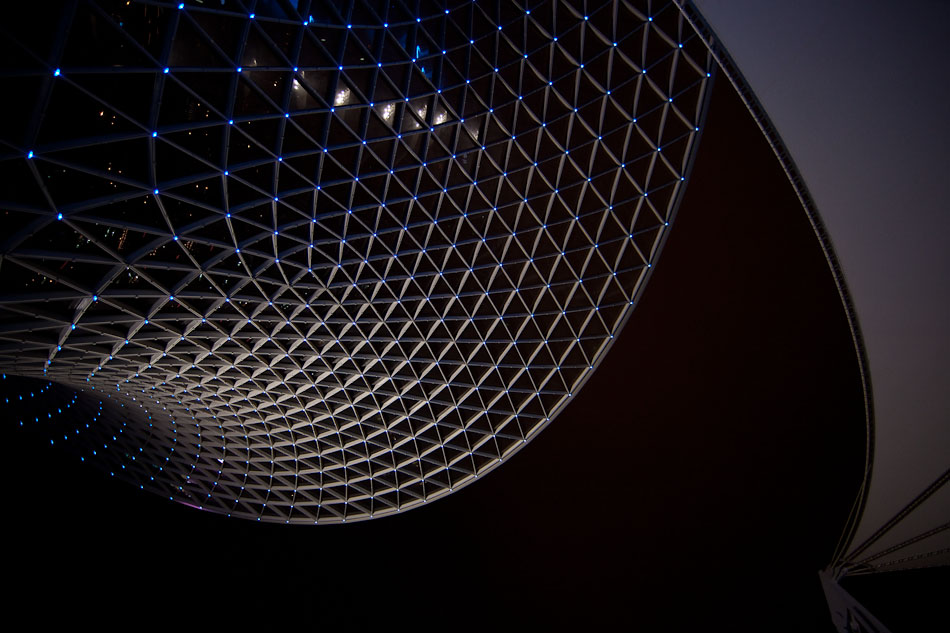
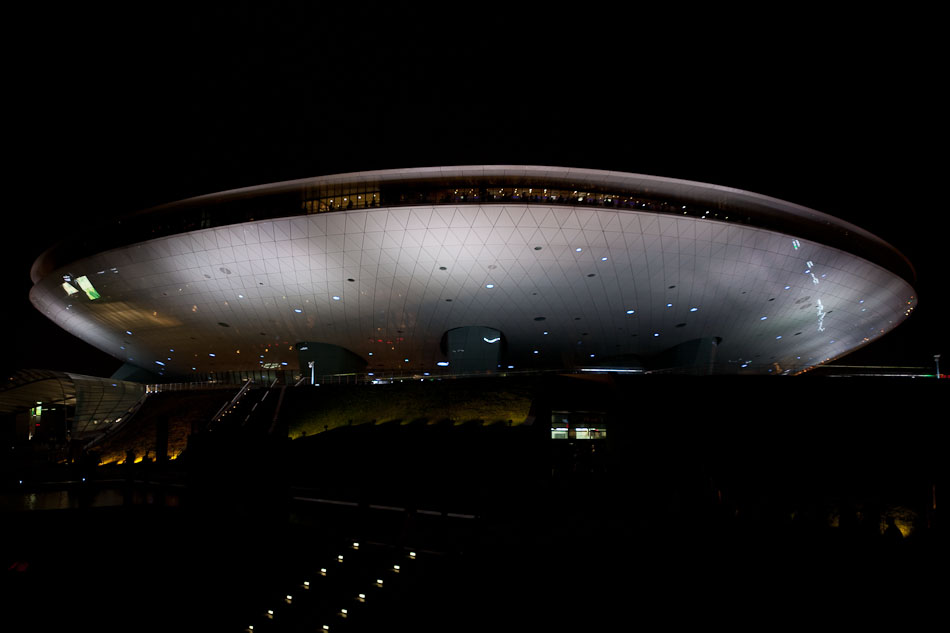
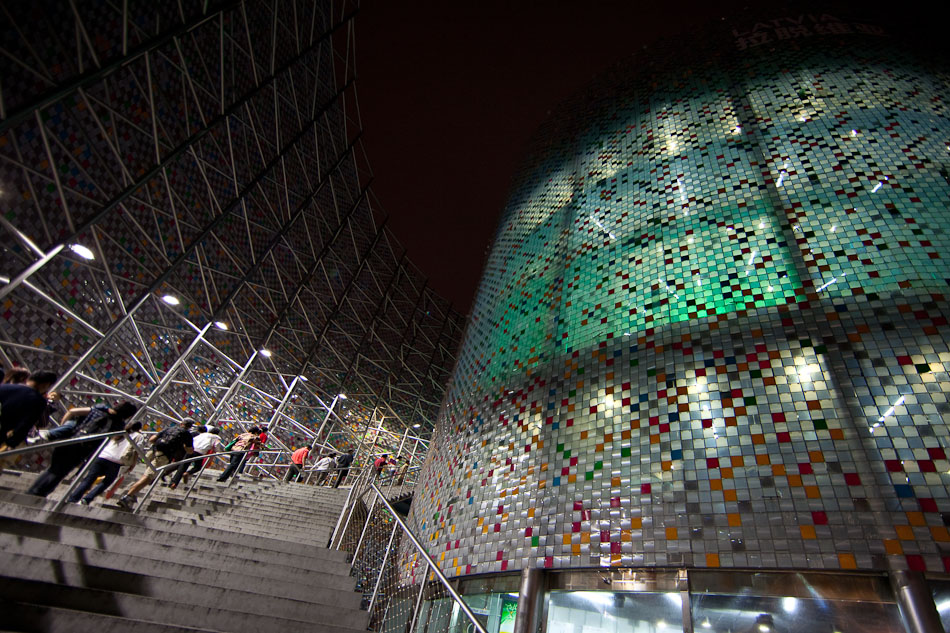
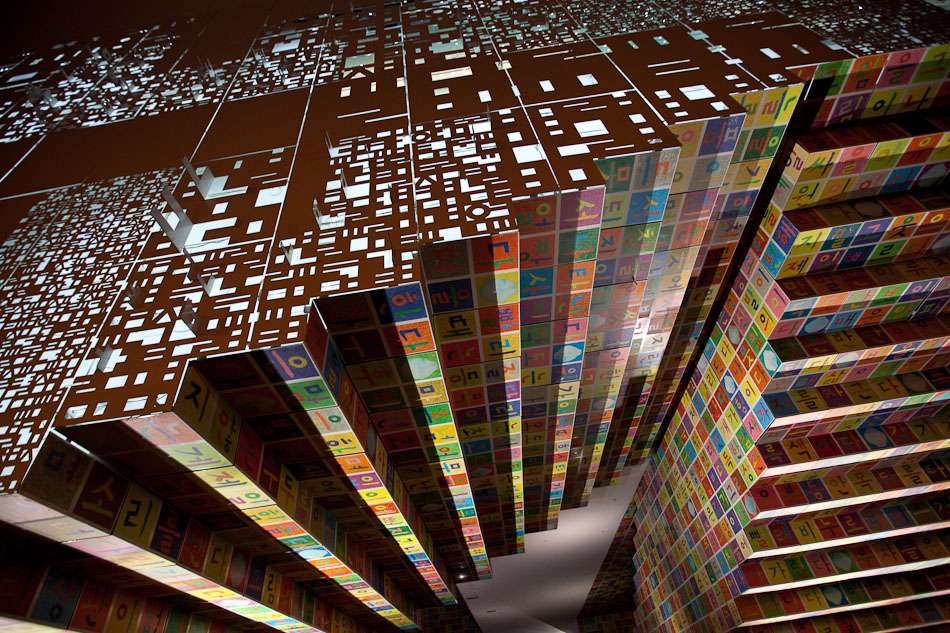
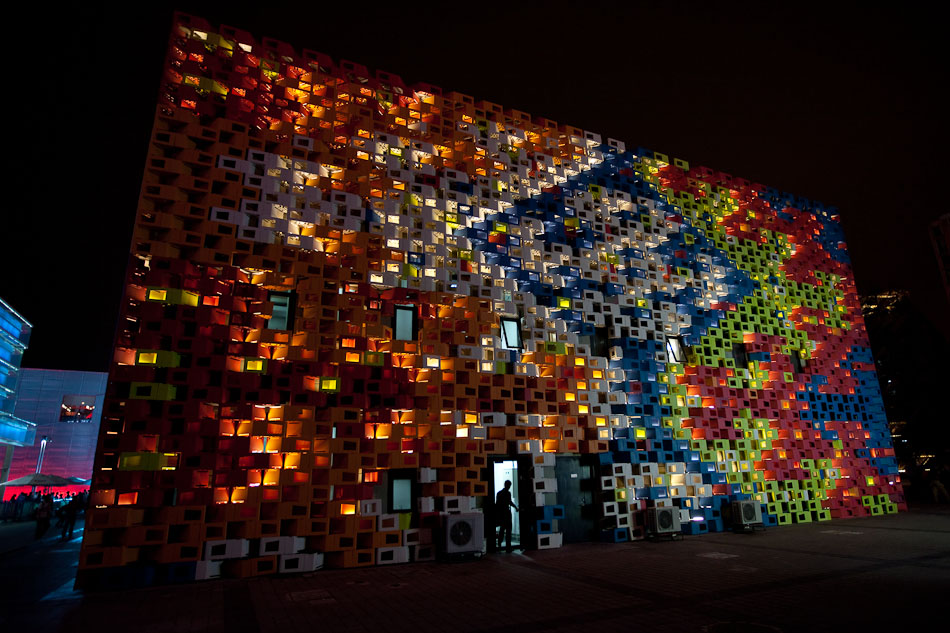
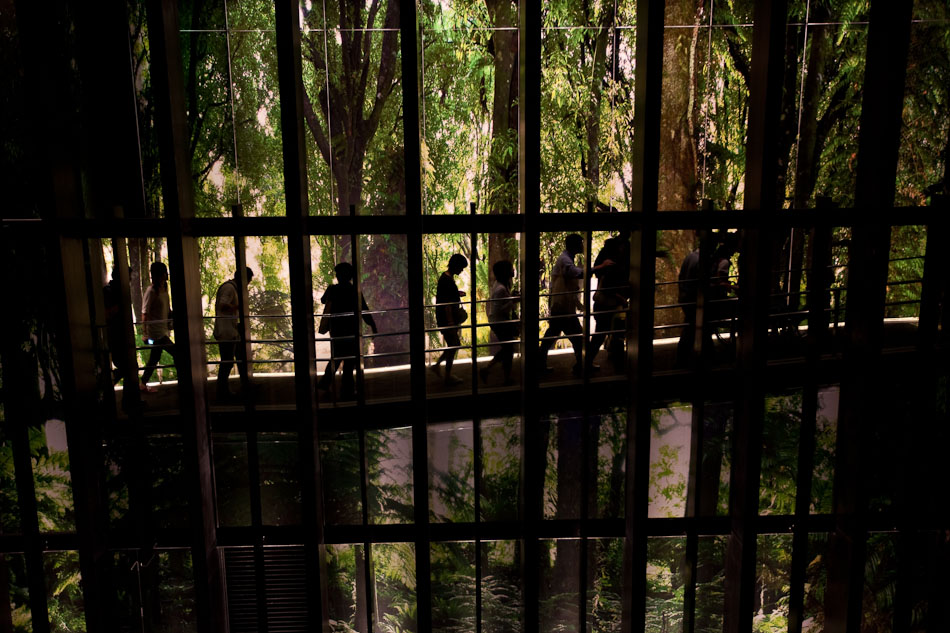
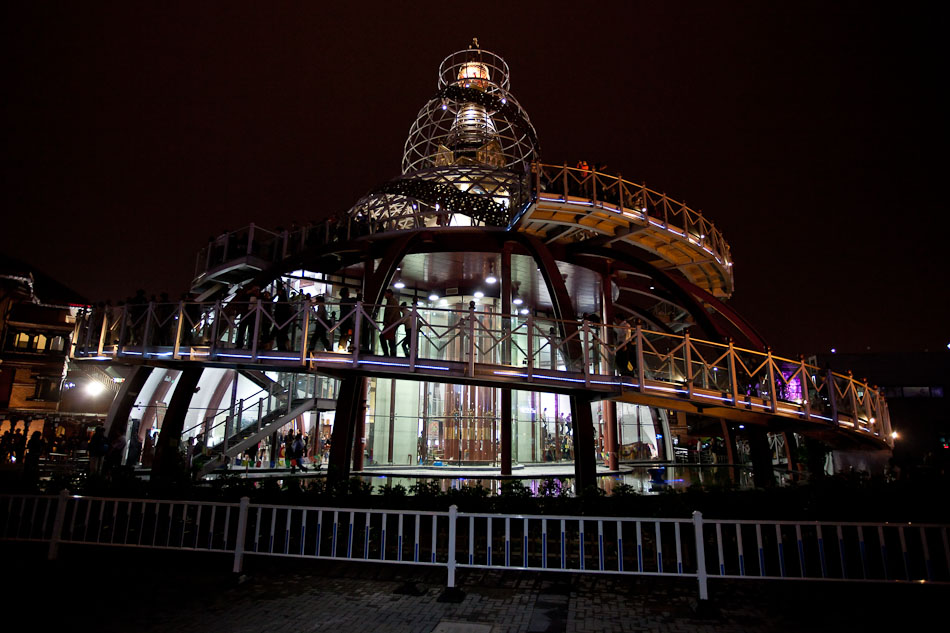

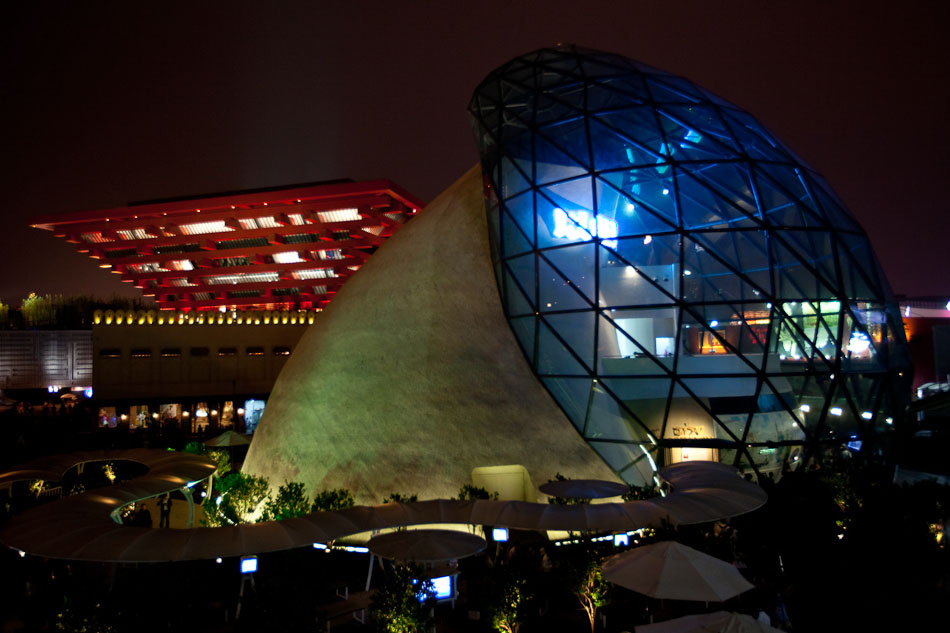
Jul 11, 2010 | Architecture, Travel
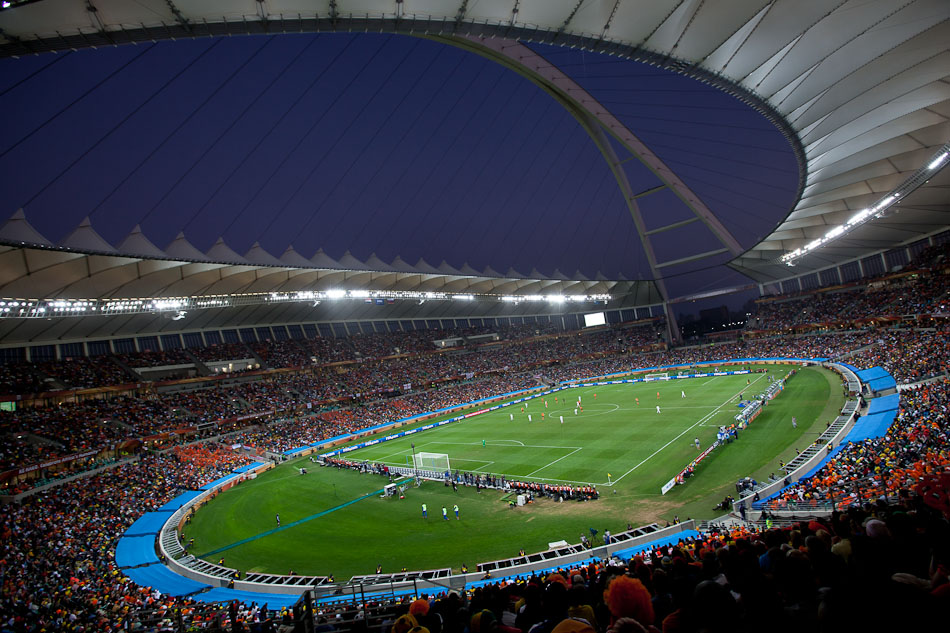
First of all, congratulations to South Africa for hosting such an amazing World Cup. I think they did an exemplary job in the face of many obstacles and managed to pull off one of the most successful World Cups of all time. One of the host nation’s greatest assets was definitely the stadiums. The exterior of Soccer City in Johannesburg and Green Point Stadium in Cape Town were incredible, but the Moses Mabhida Stadium in Durban with it’s giant arch extending over the field proved to be the clear winner. Attached are a few of my favorite architectural shots from World Cup 2010 in South Africa.
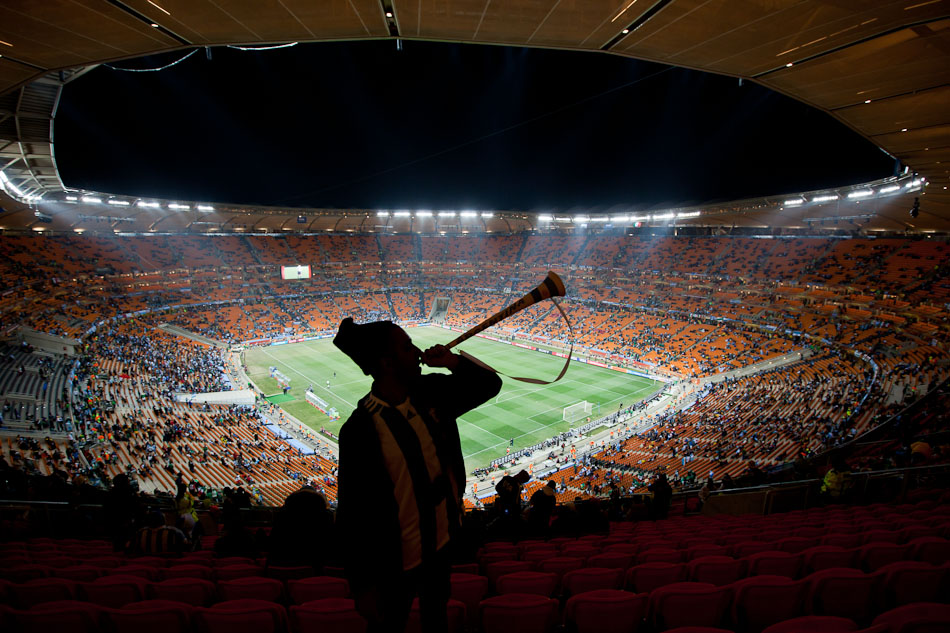

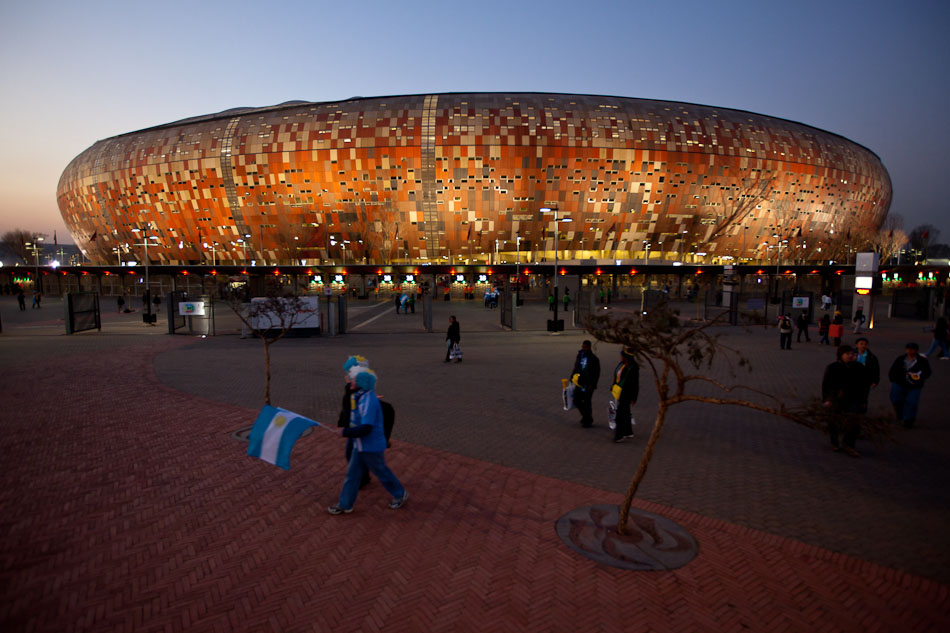
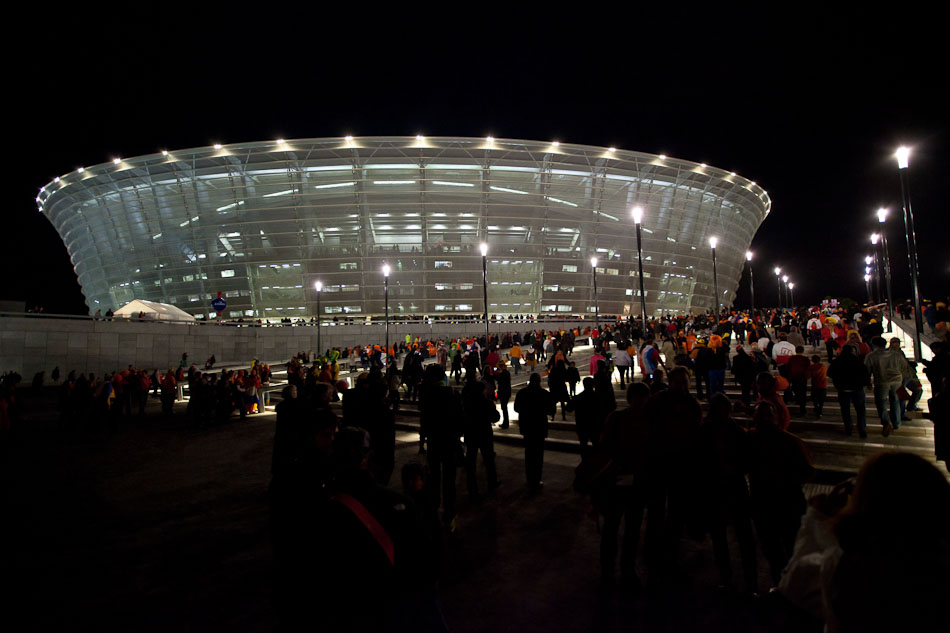
Feb 20, 2010 | Development, Travel
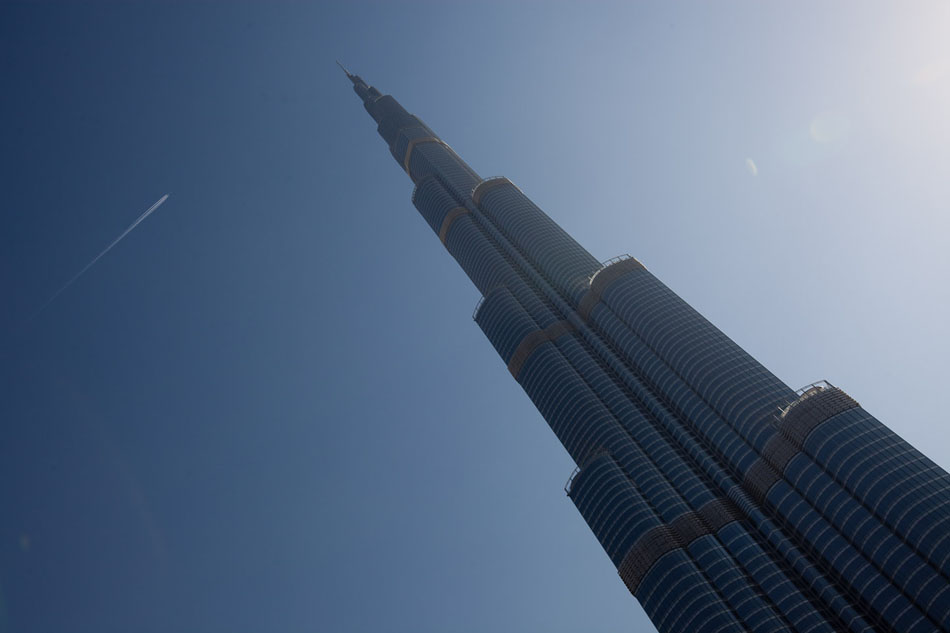
This past week I finally got to visit the developmental monstrosity that is Dubai. Nothing can really describe the audaciousness and scope of the luxury metropolis they hope to raise from the sands of the surrounding desert. Ranging from the largest mall in the world to the tallest building in the world, Dubai is building a new Babel that is already on the verge of going completely bust. For the foreseeable future however, despite the world economic downtown, the cranes are still moving as one of the largest construction sites in the world continues to lurch forward.

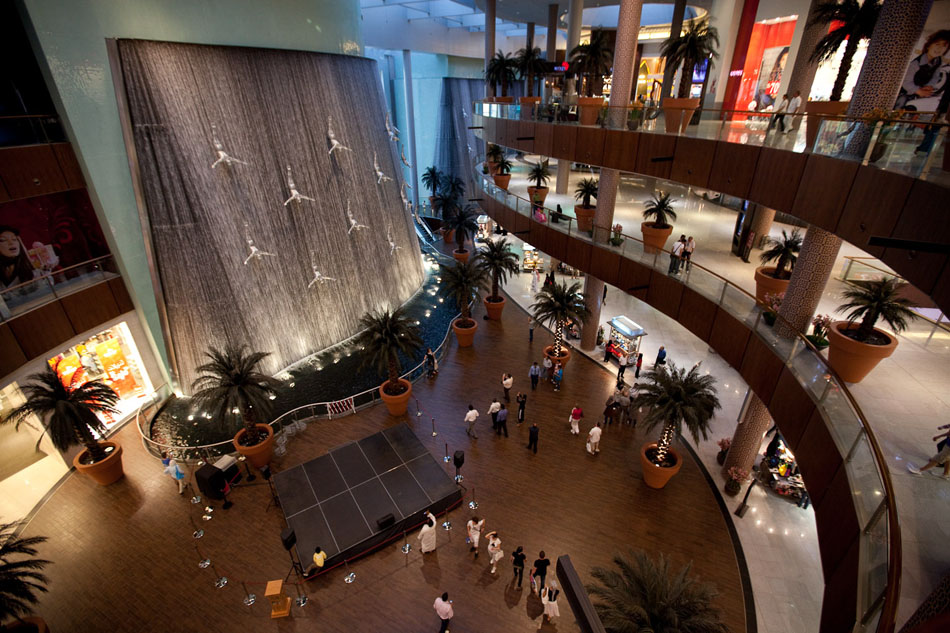
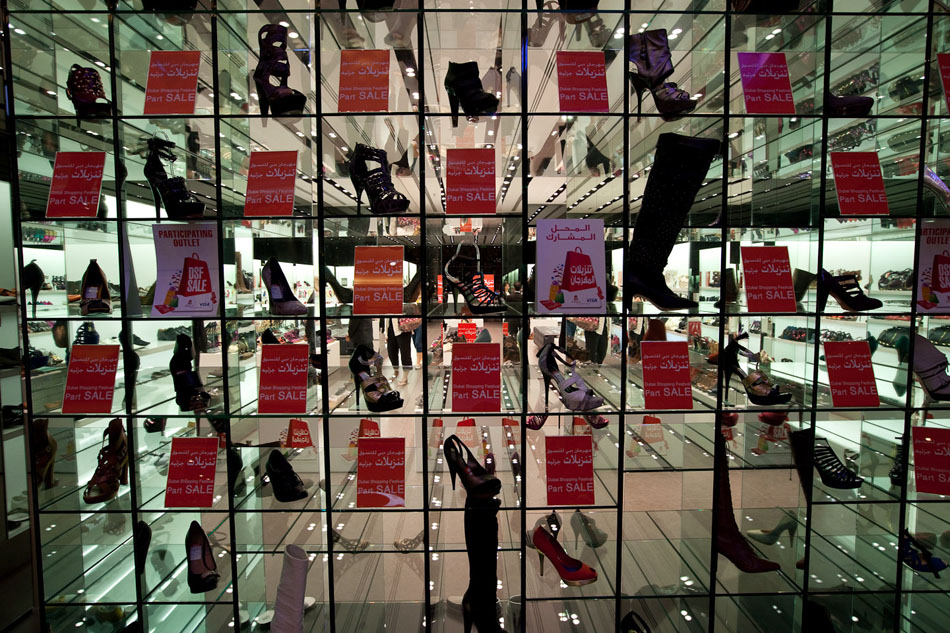
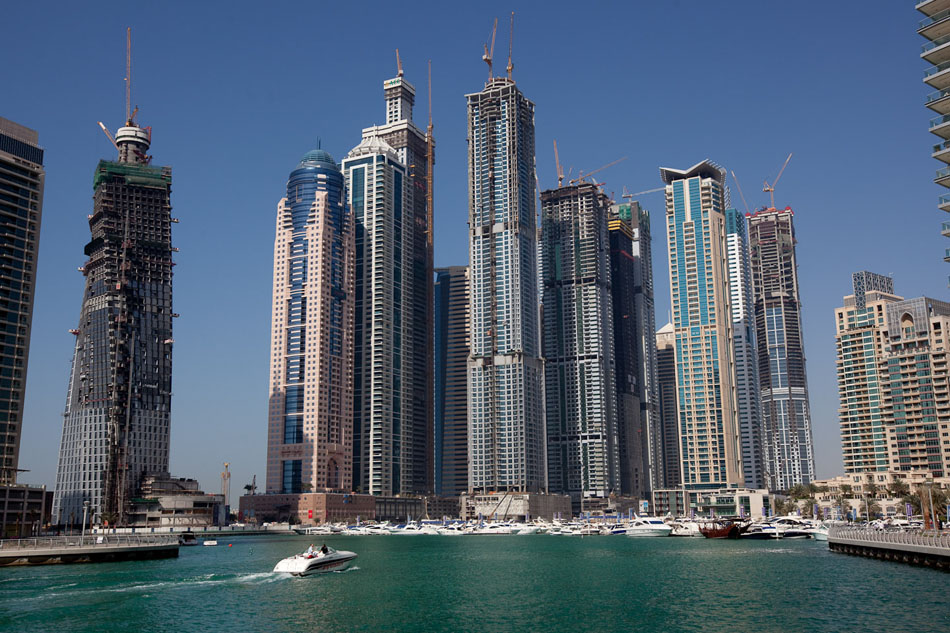
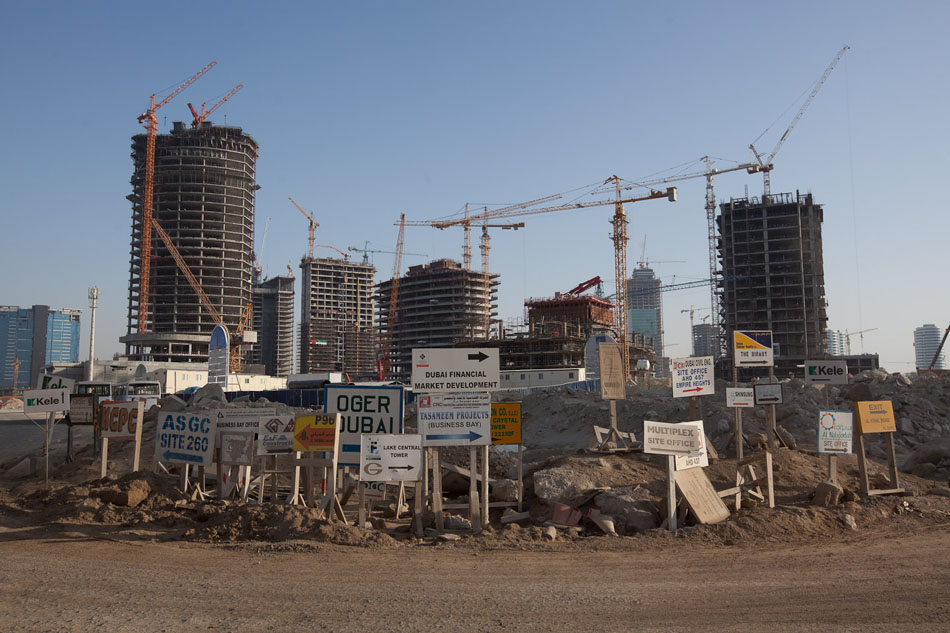
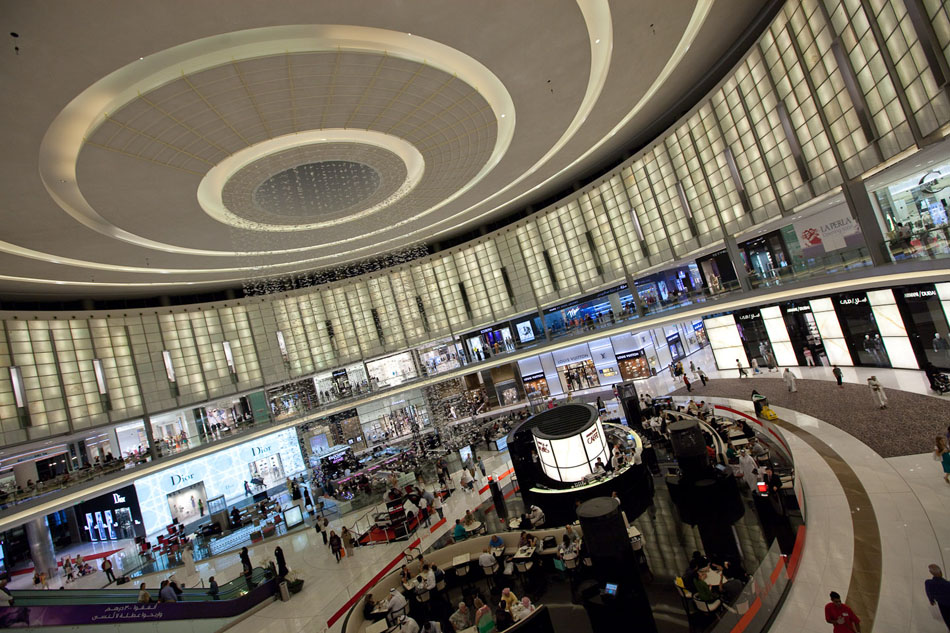
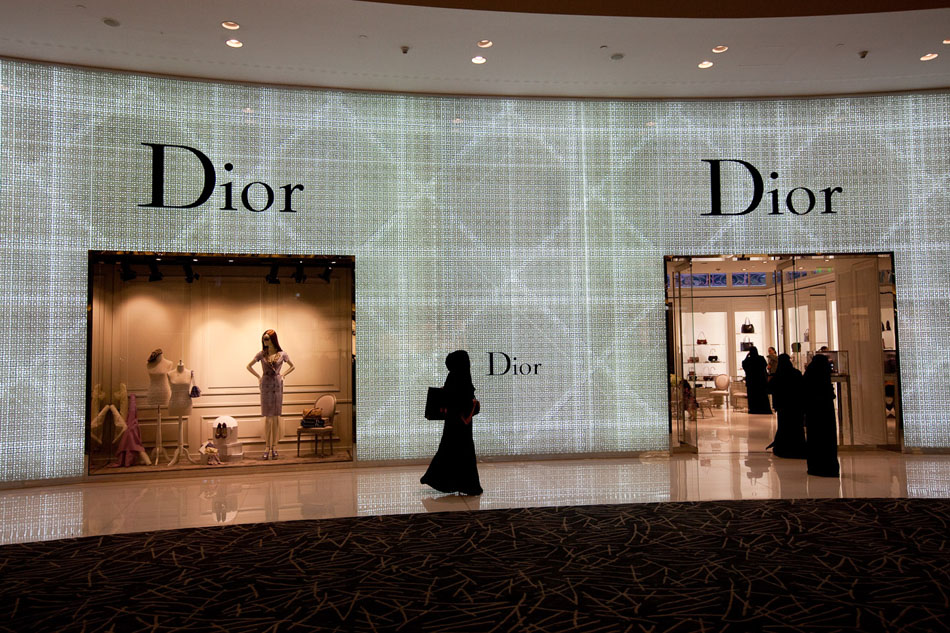
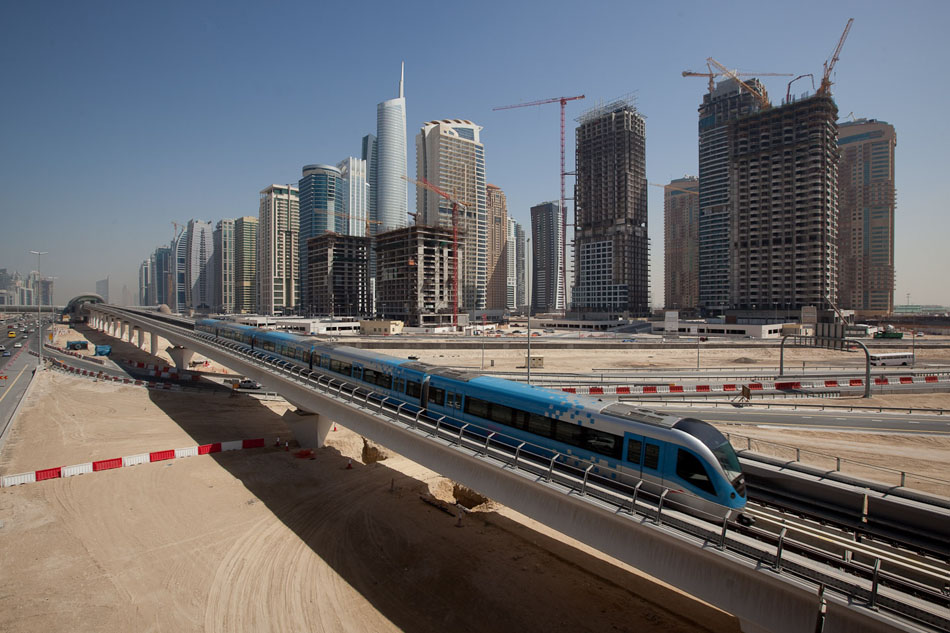
Oct 24, 2007 | Development
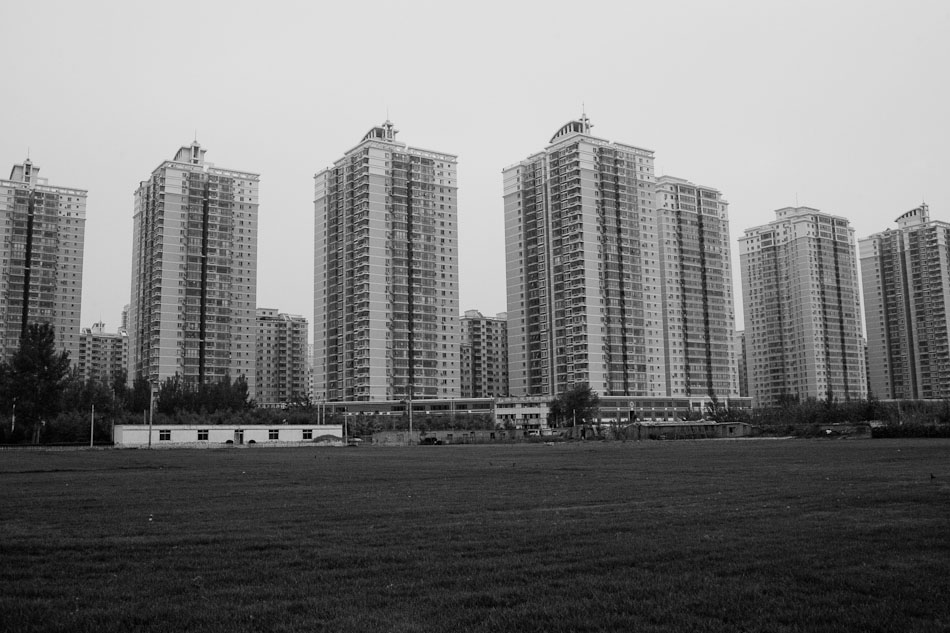
The #5 subway line was all the rage when it first opened earlier this month. Locals lined up for blocks to catch an inaugural ride on the latest edition to Beijing’s underground. Although initial excitement soon subsided, people’s expectations for more and better transit options reached new heights. The slick #5 subway cars sported flat screen monitors displaying local news, spotless interiors, and exacting temperature control. The antiquated #1 and #2 subway lines still run on time, but now stand out as the ugly stepsisters of Beijing’s expanding public transportation system.
The opening of the #5 subway line also reshuffled Beijing’s suburban housing market – everyone wants to live next to a subway line these days. Traffic congestion is without a doubt the largest drawback stemming from recent surges in urban wealth and population density. Beijing’s newfound love affair with the car might come to a grisly end if traffic levels continue to rise at the current pace. Nobody can escape the mind bogglingly clogged expressways after 5PM. I would rather shoot myself in the foot than face such a cataclysm on a daily basis. The northern terminus of the #5 subway line thus stands to become the newest haven for low-income workers looking to escape increasing housing prices in the city center while maintaining a relatively short commute.
Picking an appropriately dreary afternoon, I headed out to investigate the new residential developments at the end of the #5 subway line. The area in question encompassed the last three subway stops and bore the unsettlingly kitschy name Pathway to Heaven Gardens (天通苑). If your idea of paradise includes high-rise concrete housing blocks arranged like a precarious domino set, look no further. These hulking domiciles symbolize the pinnacle of China’s insipid community planning; even the grassy fields surrounding the development appeared devoid of life. Only the occasional movement of tenants scurrying in and out of the complex lent a breath of vitality to the concrete jungle.
The only redeeming value of the area was the people living there. I stuck out like a sore thumb and soon struck up a number of conversations with inquisitive locals. My favorite included a gang of young security officers from Hebei Province skirting their duties and hanging out underneath the end of the of #5 subway line. They were happy to have jobs in Beijing but found the community lacking the warmth of their hometowns. It’s not hard to imagine such difficulties would occur within the migratory population, but their living environment did nothing to establish new bonds between the residents. I plan to revisit this area throughout the year so expect more reports concerning the Pathway to Heaven Gardens.
